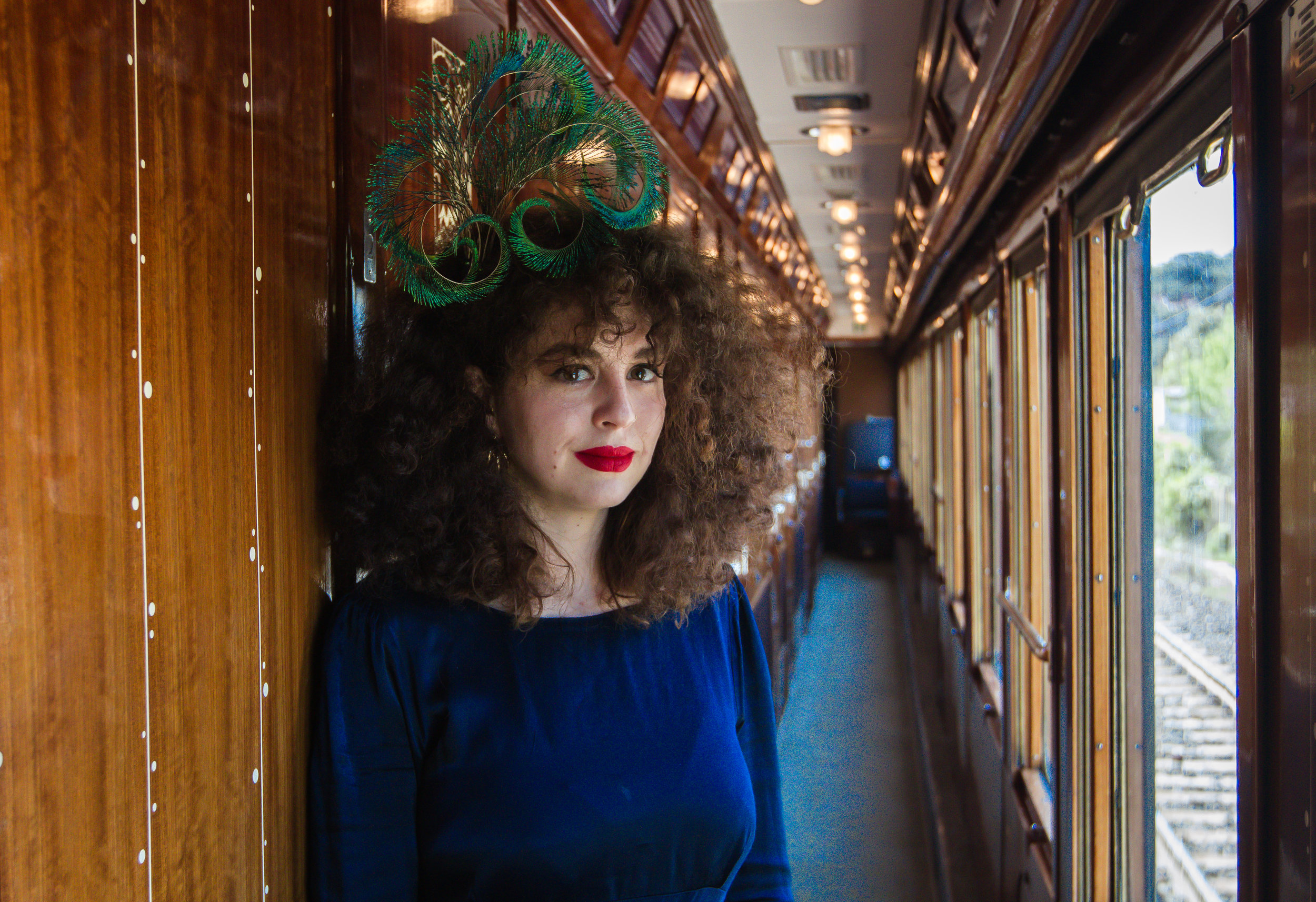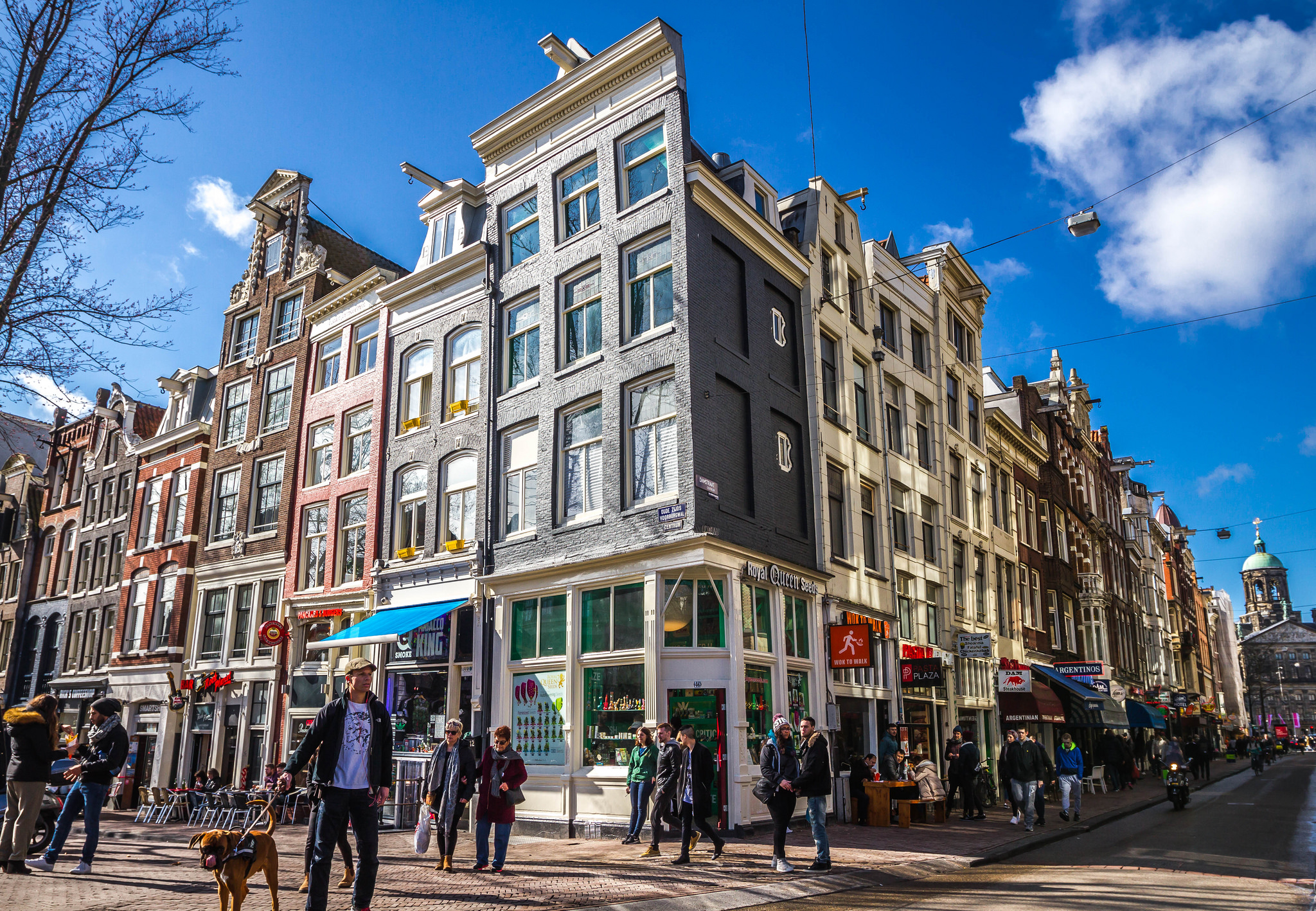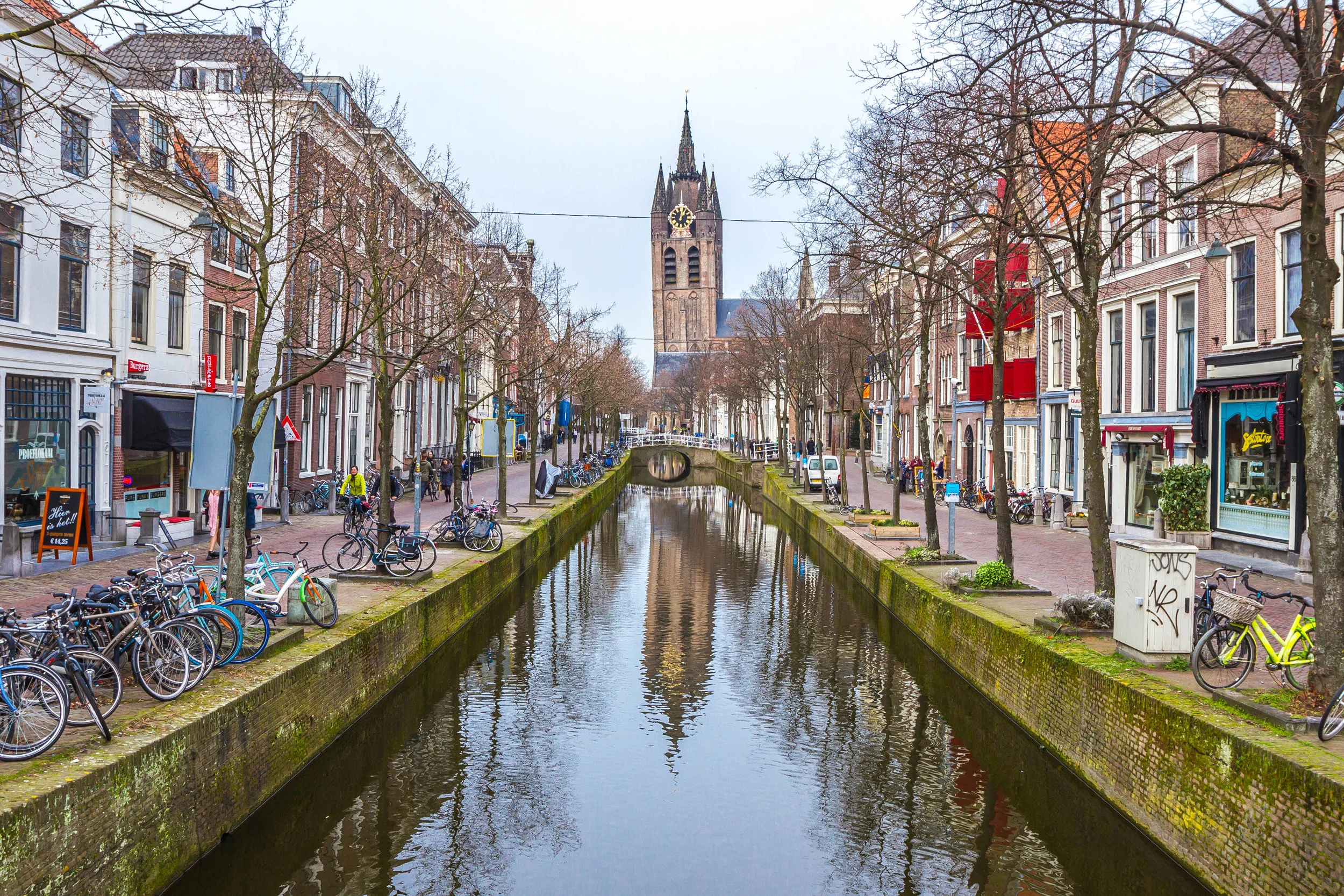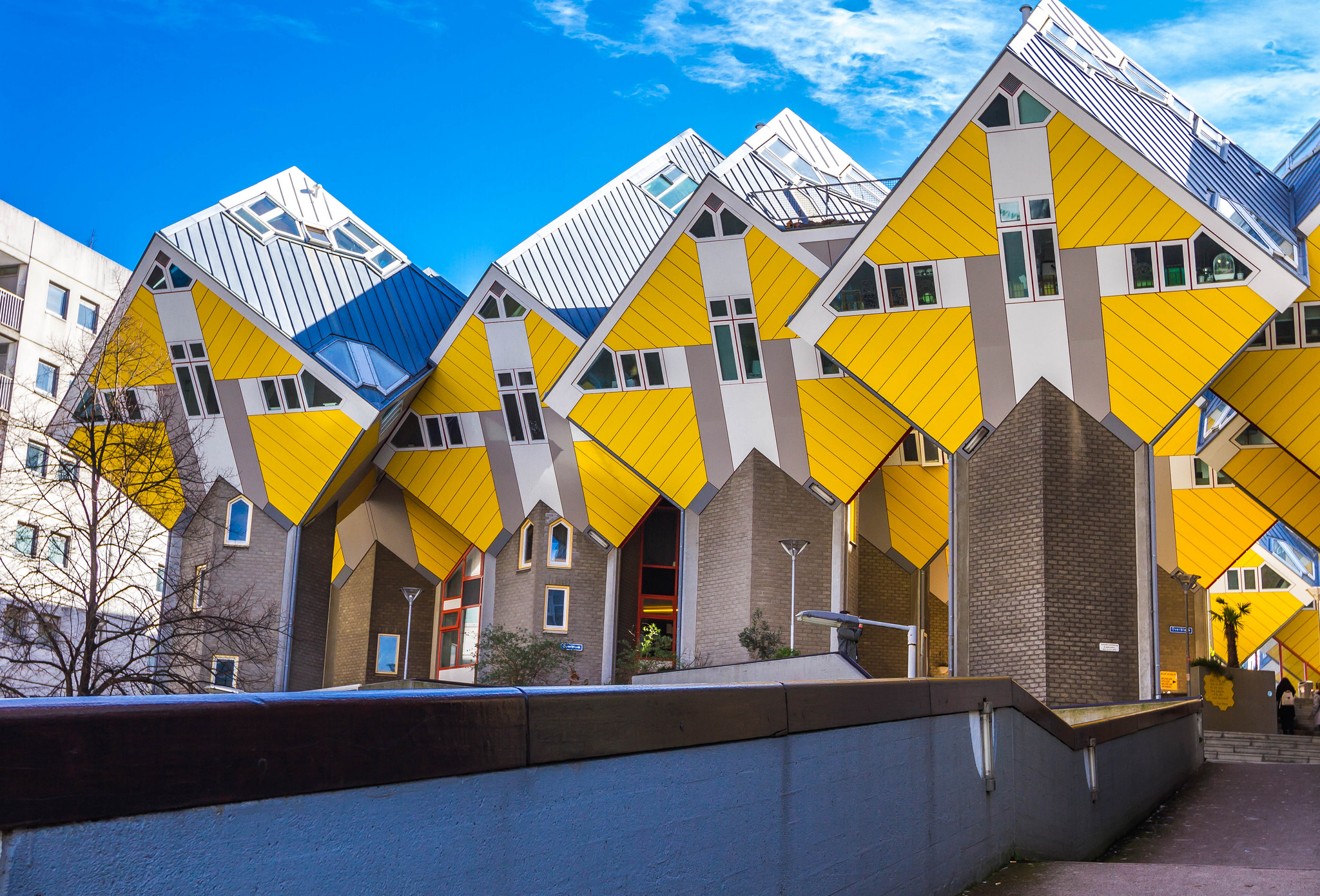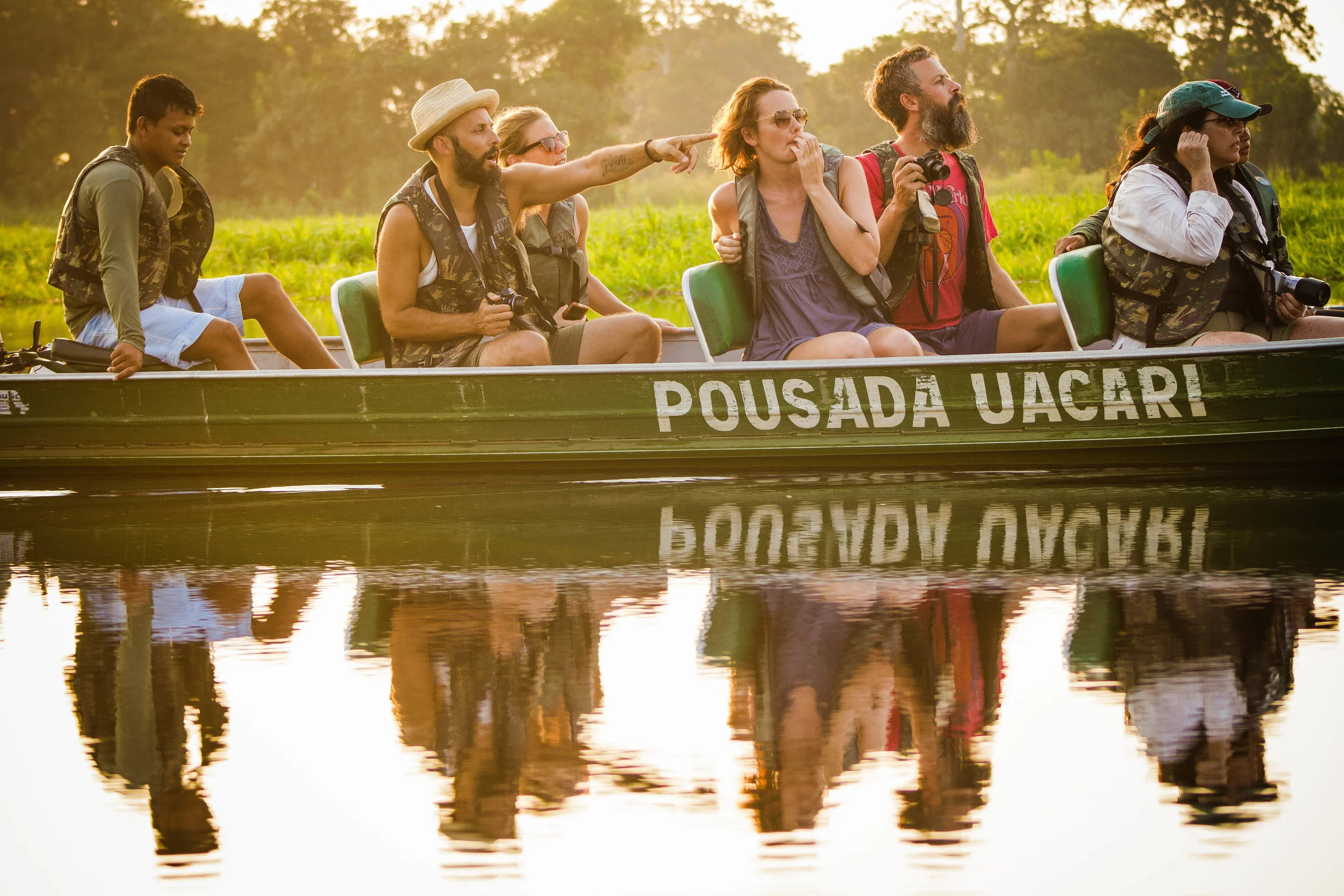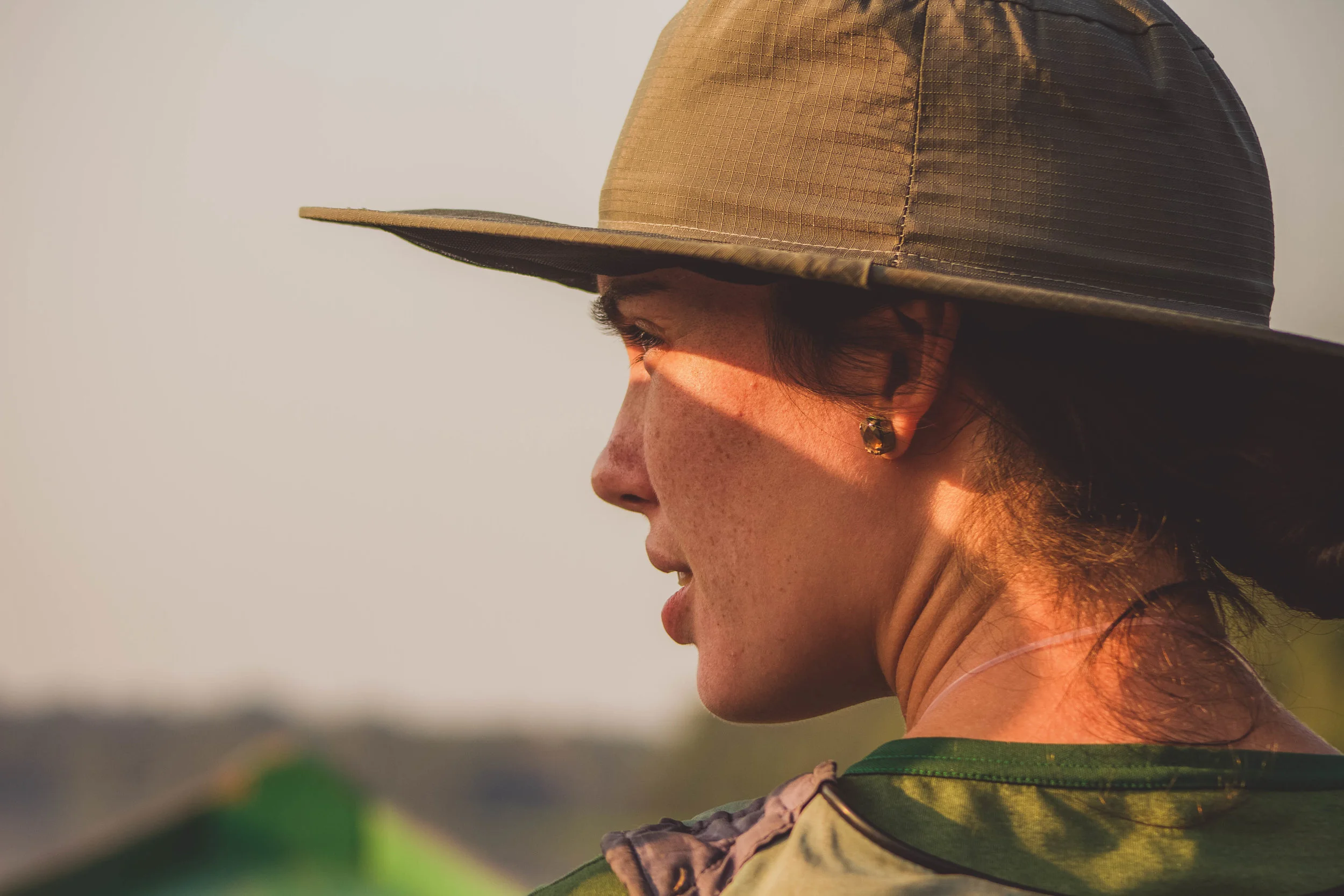This month I took the most incredible trip to Venice with The Spitfire Sisters. We spent 24 hours exploring before jumping on board the Venice Simplon Orient Express, where we were booked to entertain the passengers. As you can imagine, it was a pretty extraordinary gig and one we won’t forget for a long time!
Cefalu - Sicily
A few favourites from our time in Cefalu, Sicily.
Noto & District- Sicily
Palermo - Sicily
Beautiful, beautiful Palermo
Panarea - Aeolian Islands - Sicily
Heaven is a place on earth!
We had the most incredible few days staying at this airbnb on the island of Panarea. Our home for the week was basically a cave, with a couple of beds and an amazing shower room. As we'd become accustomed to in Sicily, we had an outdoor kitchen and table where we spent the evening hours drinking wine and eating bread and oils. The Airbnb had access to a small private rocky beach, which was completely idyllic. Our enjoyment of said beach was scuppered slightly when we were told about all the jelly fish... but with the aid of a snorkelling mask we went for it anyway.
In the main town (which is really just a couple of streets surrounding the ferry port) we were reminded of an important travel lesson - always ask the price of the wine before ordering! We were stung bad on our last night. Fortunately the views over the ocean made it worthwhile, with Stromboli in the distance puffing out perfect little clouds of smoke.
3 Dutch Cities in 3 Days
Amsterdam, Delft and Rotterdam in 3 days
Everyone loves Amsterdam with it's winding streets and canal-side cafe culture, but the rest of the Netherlands is often overlooked by mini-breakers. This year I decided to branch out and to explore two more of the country's most interesting cities - Delft and Rotterdam. Since this was not my first trip to the Netherlands (having previously enjoyed weekends away in Amsterdam) I didn't feel the need to trek around all the major sights. In order to really experience all of these wonderful cities I would really recommend scheduling a few days in each. However if, like me, you just have a few days spare to explore and a desire to head out of capital, these are my suggested highlights:
Amsterdam
There are, of course, a handful of must-see sites in Amsterdam. These include a trip to Museumplein to visit the Rijksmuseum, the Stedelijk Museum of Modern Art and the Van Gogh Museum (highly recommended!). No first trip to the Amsterdam would be complete without a stroll through the red light district (regardless of your stance on the city's sex trade) or a boozy canal tour to see the sights from water. However on this occasion, with just a few hours to explore, I decided to trek the streets on foot. My first stop was to find Wildernis, an urban plant and garden shop that I've been following on Instagram for years. It's a beautiful little shop, packed to the rafters with hanging baskets and plant pots and all kinds of greenery! It took longer than imagined to walk from the station but I made the most of plenty of photo opportunities along the way. Knowing that I'd have to carry any purchases around with me for the rest of the day I was extremely restrained and left on my merry way with just a pack of illustrated postcards. Upon leaving, I headed towards the floating bloemenmarkt where I stumbled across Blue Amsterdam, a café and restaurant with an amazing 360-degree view of the city, the perfect place to take stock. The afternoon was spent poking around shops and getting lost, before jumping on a train towards Rotterdam.
P.s. Should you be in Amsterdam in the evening and be in search of food, consider booking a table outside at Restaurant de Luwte - cocktails particularly recommended!
Delft
Getting there: There are trains between Amsterdam and Delft every ten minutes throughout the day. They take between about an hour and cost around €14.
Delftware ceramics are a huge tourist pull for the Netherlands and as such the city of Delft has a steady stream of visitors. These visitors flood the many shops lining the market square that sell blue and white pottery in all imaginable shapes and sizes. The market square itself is really very beautiful, featuring the town hall (or Stadhuis) at one end and the 15th century Nieuwe Kerk (new church) at the opposite end. The real highlight of Delft for me was exploring beyond the square in the surrounding streets, where you will find bars, cafes and shops in abundance.
Rotterdam
Cube Houses in Rotterdam
Getting there: There are trains between Amsterdam and Rotterdam every 10 minutes. They take around 40m and cost €17. Rotterdam Centraal station is an attraction in itself - a contemporary gateway to the city centre.
Rotterdam is truly an architectural playground, featuring radical housing projects such as Piet Blom's Cube Houses, boisterous public buildings like the colourful Markthal (by MVRDV) and imposing historical constructions such as Hotel New York which was built in the early 1900s. Beyond strolling the streets, the best way to appreciate the city's contemporary makeup is at the Het Nieuwe Institute of Architecture, Design and E-culture which contains one of the largest architectural collections in the world (and a GREAT museum shop, if that tickles your fancy).
Rotterdam Markethall
Inside Rotterdam Markethall
Inside Sonneveld House
The entrance ticket to the Het Nieuwe Institute also get your access to Sonneveld House, a beautifully maintained private home from the Dutch Functionalist period of the 1930s. It's a modernists dream - with sharp white exterior walls and a custom-made interior almost entirely designed by Dutch brand Gispen.
The contemporary arts scene in Rotterdam is thriving and there are a number of world-class galleries such as the Witte de With Center for Contemporary Art.
If you're thinking about visiting in the summer months it is worth noting that every July Rotterdam plays host to the North Sea Jazz Festival. Stay tuned for 2018 line-up announcements here!
Top 10 Things To Do in Porto
1. Visit the Casa da Musica
A trip to Rem Koolhaas' Casa da Musica should be at the tippy top of every itinerary, especially if you are a music lover, an architecture lover, or both. I highly recommend taking a guided tour to visit the many smaller rooms inside, such as the 'VIP room', which is an incredible combination of angular concrete and traditional hand-painted tiles. The main concert hall, or Sala Suggia, is just wonderful (see pic below).
Guided tours run twice a day in English (11am & 4pm) and cost €7.50 per person.
More info: http://www.casadamusica.com/en/
Casa da Musica Exterior. Photo by Anna Mary Harding
Sala Suggia Interior. Photo by Anna Mary Harding
2. Enjoy a drink on the Espaço Porto Cruz Terrace Bar
Day or night, this is the perfect place to unwind for an hour or so to enjoy the spectacular views. This gem of a bar is located over the Dom Luis bridge and is surrounded by Port houses, so is in the perfect spot to take a break. The port, gin, beer and lemonade are all good. I checked especially for you.
The view at night. Photo by Anna Harding
3. Marvel at the traditional tiles at São Bento train station
This must be the most impressive train station in the world, right? The decorative tiles (called azulejo) that cover the walls are painted to depict the history of Portugal. The murals represent epic events, battles and conquests from the 12-15th century, as well as scenes of everyday life. This really is a must-see!
Station Interior. Photo by Anna Harding.
4. Enjoy views over town from the cable car
This cable car is a fairly new attraction for Porto and it is a great way to pass over the rooftops to the Jardim de Morro, with a spectacular view down the Douro river. Perfectly positioned at the top of the cable car is café/bar Esplanada which is the perfect place to enjoy a beer, especially if (like me) you need something to steady the nerves after your cable car experience.
5. Eat Francesinha
This is a Portuguese sandwich, not dissimilar to a Croque Monsieur. But with more cheese. So. Much. Cheese. And more meat - all the meat. With chips. Mmmmm chips! All served with a spicy, beery sauce! OM NOM NOM.
6. Visit the Igreja de São Francisco
This Gothic church is impressive from the outside, but it is the phenomenally opulent Baroque interior that will really blow you away. Every inch of the walls and ceiling is covered in 'Talha Dourada' - intricate wooden carvings gilt with gold leaf. Unfortunately you can't take photos inside so you'll have to take my word when I say that it's worth popping in! You can also visit the catacombs, which i'd recommend.
Igreja de São Francisco. Photo by Anna Harding.
7. Browse the shelves for books at Livraria Lello
Livraria Lello. Photo by Anna Harding.
Once upon a time in the nineties you could have found J.K Rowling browsing the books at the Livraria Lello, whose flight of stairs is rumoured to have been the inspiration for the moving staircases at Hogwarts! Nowadays you have to buy a ticket to visit the bookshop, but the Art Nouveau interior is really spectacular and well worth the fee. Plus, if you decide to take something home with you, the staff will discount the ticket price from your purchase.
8. Walk over the Dom Luis bridge
Pedestrians can walk over this impressive bridge on two levels, alongside cars on the bottom and the metro at the top. The lower route is the best way to get from the old part of town to Vila Nova de Gaia, where you will find the many port houses, the bottom of the cable car and the Espaço Porto Cruz Terrace Bar. The top deck is the ideal route to take you back into town from the Jardim de Morro.
9. Get lost!
Like so many European cities, getting lost in Porto's steep, narrow streets can be a delightful way to spend an afternoon. Stumble upon hidden cafés, dream of conserving the crumbling tiled exteriors and make friends with the local feline population - it's all good.
Porto streets. Photo by Anna Harding.
10. Drink Port for breakfast at the House Ribeira Hotel
Yes, you heard me right - port for breakfast! I'm pretty confident that this is just for the tourists, but hey - when in Rome. If boozy breakfasts aren't for you, I'd still recommend booking a room at this stylish hotel. The rooms are modern with high ceilings and comfy beds. To avoid any awkward surprises, make sure you are comfortable with your roommate - the toilet doors are made of glass. Request a room with a street view, where you can see the river at the end of the road and beautiful traditional tiled buildings in every direction.
Hotel info and booking here
Tiles, Tiles, Tiles - Porto
A few of my favourite shots from inside the Sao Bento Train Station in Porto. Proper blog to follow soon!
Photos by Anna Mary Harding
Uacari Floating Jungle Lodge - Brazil
The Amazon rainforest has always excited me. In 2008 I visited the Manu reserve on the Peruvian side of the Amazon, known predominantly for its Macaws and clay lick habitats, and it gave me such a buzz that I didn't stop thinking or talking about it at any available opportunity for years to come. I knew I would be back. In fact, at the time I remember being pretty certain I would retrain as a biologist and move there. Of course, that didn't happen. As soon as the idea of a trip to Brazil was born in my mind, I was determined to go back to experience the rainforest on the Brazilian side.
After a little research I stumbled across the website for the Uacari Floating Jungle Lodge, an eco lodge positioned in a bend of the Japurá River in the Amazon basin. Unlike many of the lodges in the Amazon, Pousada Uacari is floating, meaning that it rises and falls with the dramatically changing water levels that are characteristic of the region. Situated within the Mamirauá Sustainable Development Reserve, parts of the forest around Pousada Uacari are flooded seasonally. Water levels here can rise and fall 10-12m over the course of the year, creating one of the Amazons most unique eco-systems that plays host to an astonishing array of wildlife. During my visit in January, water levels were low and it was stunning to see the marks left by the river only a few months previously on the trees towering above us.
In order to reach Pousada Uacari, visitors pass through Tefé (by ferry or plane from Manaus), where they are met and transferred to the lodge by boat, a journey that takes about an hour. The lodge itself consists of 5 floating cabins each with two bedrooms and bathrooms as well as a large communal dining space, which also hosts a research station upstairs. Staying in one such floating hut has some serious perks, such as swinging in a hammock during the heat of the day whilst caiman nonchalantly swim past in search of lunch. There aren't many creature comforts in these cabins, with the exception of a tiny daily allocation of electricity which is wisely spent on a fan over the bed in the evening and a flushing toilet, but there are no complaints. As night draws in the reserve falls into complete darkness, with just the light of the stars above and the hum of the nocturnal residents in the surrounding forest.
During my stay, the research station played host to staff from the Jaguar Conservation Alliance who enthusiastically recounted tales over breakfast from their nightly excursions in search of Jaguars. The Mamirauá reserve has one of the highest densities of Jaguars in the world, making it a unique location for experts in the field. The lodge now runs expeditions specifically focused on spotting these fantastic big cats, but these tours only run when the river is high when the animals are forced off the ground to hunt into the trees, thus making them easier to spot. In line with the ethos of the lodge, the profit made from these expeditions is used to fund the scientific research taking place on site.
The variety of wildlife that I saw at Pousada Uacari was phenomenal, ranging from the beautiful Amazonian kingfisher to sleepy looking sloths and from enormous pirarucu fish to river dolphins. The lodge is named after one of the areas endemic species, the white Uacari monkey which we were lucky enough to spot on our last day of exploring the region. With white fur and an angry-looking red face this monkey is also referred to as the English monkey, due to its visual comparison to a white man that has been in the Brazilian sun too long! The success of our excursions was entirely down to the sharp eye of the guides (both those from the local community and further afield) who were extraordinarily knowledgeable and generous with their time. Throughout my stay I got the overwhelming impression that every member of staff was fully committed to the success of the lodge, which is managed in joint partnership between the Mamirauá Institute and the ten communities that live within the reserve, who work as managers, guides, contractors and salespeople.
Needless to say, this was a once-in-a-lifetime trip. Once again I got home from the Amazon planning to return for an extended period, albeit this time with my anthropologists hat on.
Ilha Grande & Paraty - Brazil
Paraty is about four hours south of Rio de Janeiro by road and I would really recommend taking the trip. Far from the frenzy of Rio, Paraty's old Colonial centre is a wonderful place to while away a few days in peace. You could easily spend a weekend just strolling the cobble streets, which are pedestrian only, dipping in and out of of artisanal shops and eateries. I've heard it get's pretty busy in the summer, but when I was there it was very chilled. There's a bohemian vibe in the air and the town centre is a refuge for creatives of all sorts. Nearby there are beaches, waterfalls, jungles and plenty of places to go hiking.
Paraty, RJ
Paraty, RJ
Lopes Mendes Beach, Ilha Grande, RJ
Portugese colonial architecture - Paraty, RJ
About half way between Rio and Paraty is Angra Dos Reis which is the drop off point for the boat to Ilha Grande. You know that feeling when you're walking home from work in the dark, in mid January, in the pouring rain and you fantasize about places you'd rather be? Yeah, this is that.
Ilha Grande, RJ
Praia Do Forte - Salvador - Brazil
Foz Do Iguaçu - Brazil
The Wide Open Bars of Africa
Like many of my friends, family holidays growing up involved staying in gites in France. Baguette, Patisserie, Discotheque, repeat. I have fond memories of these times, and more than a few stories of sleeping in car parks or 24 hour ferry delays. Aged 18, I felt the urge to explore further afield. Not one to do things by half (and much to my mother’s dismay) I set off alone to Johannesburg. After a few days exploring I joined an overland group camping tour with Acacia Africa through East Africa to Nairobi, and – without meaning to be too dramatic – this is really where it all began.
Overlanding is basically piling into a big old truck with 15-20 other adults from around the world, a driver, a tour guide and a batch of tents. You drive, you explore, you camp. If the truck breaks down, you pitch in to fix it. If the truck gets stuck in mud, you pitch in to pull it out. Everyone cooks together and socialises together and shares stories round a campfire. At the time, it was pretty affordable too.
Our route took us from Johannesburg north into Botswana, where we stayed at Elephant Sands - an amazing campsite where you could simultaneously cool your swollen feet in a swimming pool whist watching wild Elephants, giraffes and impala taking turns to drink from the watering hole. Here I encountered the first of the wide open bars of Africa - so called because they were dimensionally enormous, plentifully stocked and dangerously affordable. Shortly after enjoying said bar, I had my first vomiting experience on African soil. I’m still not sure whether it was the copious amounts of alcohol and dancing, the heat, or the cut on my knee which had become infected which caused the sickness but I remember not caring very much because I was having the time of my life.
We crossed into Zambia near Victoria Falls where I had my first flight in a helicopter. My first of the seven natural wonders of the world! Aside from this, my memories of Vic Falls revolve around Savannah Cider and writing postcards in the sun.
Following a few days exploring the falls, we continued diagonally through Zambia, stopping briefly in Lusaka along the way. The truck made overnight stops to camp at several different spots on the beaches of Lake Malawi, where I witnessed the most extraordinary sunrises and sunsets of my life. I had my first experiences of white sand and became very aware of so-called ‘poverty tourism’ after a private village tour. This is a topic I’d love to write about in more depth but feel in order to give an educated view it would be better saved for a dedicated post.
Tanzania was a country I don’t recall ever hearing of before arriving (like I said, the extent of my worldly experience was going just across the border into Northern Spain until this point) - but it’s a country I now think about regularly. If you are looking for the ‘Disney’ African experience, this is where you’ll find it. From the contrasts of open top safari’s to Robber’s beach in Dar Es Salaam (nicknamed thusly due to high crime rates) to the crystal waters of Zanzibar’s northern coast - Tanzania had it all.
One of the most profound moments of the trip, and one that in many ways shaped my academic path, was the day we visited Olduvai Gorge in the north of the country. It is here that is thought to be the birthplace of mankind and the location of the discovery of the oldest stone tools in the world. Until then, I don’t think I’d ever thought very much about what makes us human, but it became a bit of an obsession. So much so that I later went on to study a Masters in Anthropology, specialising in material and visual culture. I’m aware that this is pretty much every cliche that’s ever been written about gap year students going off to ‘find themselves’, but it’s exactly how it went for me - and I count myself very fortunate. It’s a wonder that I can write about it without making myself feel sick, maybe that’s why it’s taken me so long to reflect on it.
In Tanzania and Kenya I discovered another major passion of my life - wildlife, and birds in particular. Neither of my parents had ever had much interest in going on safari and I think I was first attracted to the exoticism of it. I was interested in photography before, and my life-long love affair with David Attenborough was in its infancy. Putting that together with the kind of wildlife you could see on tv really ignited a passion and when I came home I committed much more attention to the wildlife in my local area.
Five months after returning home I was back on an aeroplane with a round-the-world ticket to Australia, New Zealand and Central and South America. I’ve had ‘itchy feet’ ever since!
I went to Milan Furniture Fair and came back with this photo of a cat.
This is Gammy, the cat.
Gammy
Hoi An - Vietnam
One of my favourite photographs from my trip to Vietnam. Unfortunately I’ve lost 50% of the photos from this trip. Lesson learnt - backup EVERYTHING.
Hoi An
Central American Adventure
Costa Rica -> Nicaragua -> Guatemala
Full batch of photos to follow.










